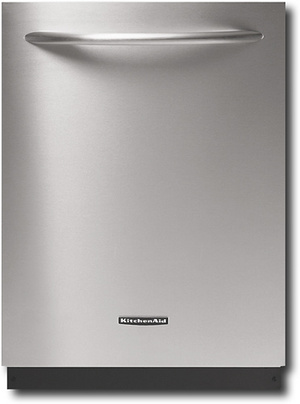Burns are a common cause of injury and can occur even when you are being careful. According to the American Burn Association approximately 66% of all burns occur in the home environment. Another ten percent of burns happen on the job. Regardless of where they occur or what causes the injury, burns can be very serious, as burns destroy body tissue. Extensive burns can also be disfiguring.
What makes burns so serious?
You may be familiar with the expression that the skin is the body’s first line of defense. This is very true, as our skin, when it is intact, can help fight against the entrance of germs into the body. When the skin is broken or compromised from a burn it cannot offer the protection it normally would. Often when we think of burns, we just think of thermal burns, such as that which is caused by scalding water or flames. But burns can be caused by radiation, electricity or chemicals as well. According to the Children’s Health Encyclopedia , contact with any of these substances can cause burns. They also remind us that children and elderly people are at the greatest risk for burns.
Three different degrees of burns
Burns are classified as first-degree, second-degree and third-degree. The type of treatment required for the burn will depend on how severe it is. First-degree burns are consider minor. Third-degree burns are very serious and are true medical emergencies. All burns have to be watched closely for signs of infection.
First-degree burns
First degree burns only involve the top layer of skin. These burns usually present as redness of skin and tenderness in the area of the burn. Although the skin may peel as a result of the burn, these are generally considered minor and usually can be treated without physician intervention. These usually heal in about a week.
Second-degree burns
Second-degree burns involve at least the first two layers of skin. This type of burn is characterized by redness, swelling and blistering and can be very painful. These take several weeks to heal.
Third-degree burns
The third-degree burn is the worst of all burns, as it involves all layers of the skin, including the outer layers of skin, the fatty tissue and muscle tissue. Also known as a full thickness burn, the burn itself is often painless because the nerve endings in the burned area have been damaged. However, the skin surrounding a third-degree burn is usually still very painful. The burned area may appear black or charred or may be white and dry. These burns takes a long time to heal and will require skin grafting.
Do’s and Don’ts for Treatment for minor burns
For extensive second-degree burns or third-degree burns, dial 911 or call for immediate emergency assistance. Don’t remove the clothing that’s stuck to the burned area and keep the person war until help arrives. For first-degree burns and smaller second-degree burns, observe the do’s and don’ts listed below.
DO
Apply cool water to the burn to cool it down. Hold the burned area under cold running water for at least 10 to fifteen minutes. This will help reduce the pain and swelling.
Remove clothing away from the burned area unless it is stuck to the burn itself. Also remove clothing that might be constrictive just in case the skin swells around the burn.
Protect the burned area by covering it with a loosely wrapped sterile gauze bandage. This will help provide comfort to the area and protect any blisters.
Give medicine such as Advil or Tylenol to help relieve the pain if necessary.
Keep a close check on the burned area and watch out for signs of infection. If you notice an increase in the redness or swelling around the burned area it needs to be reported to the doctor. Also if the person starts running a fever this might be a sign of infection.
DON’T
Don’t put ice on a burn. Putting ice directly on a burn can cause further damage to the skin.
Don’t break blisters. Broken blisters are vulnerable to infection.
Don’t put butter or oil on a burn as it can trap the heat and cause the burn to worsen.
______________________________________________________
Sources:
You Tube: “Burns-First Aid”
American Burn Association:“Burn Incidence and Treatment in the United States: 2011 Fact Sheet
Web MD: “Preventing and treating burns”


